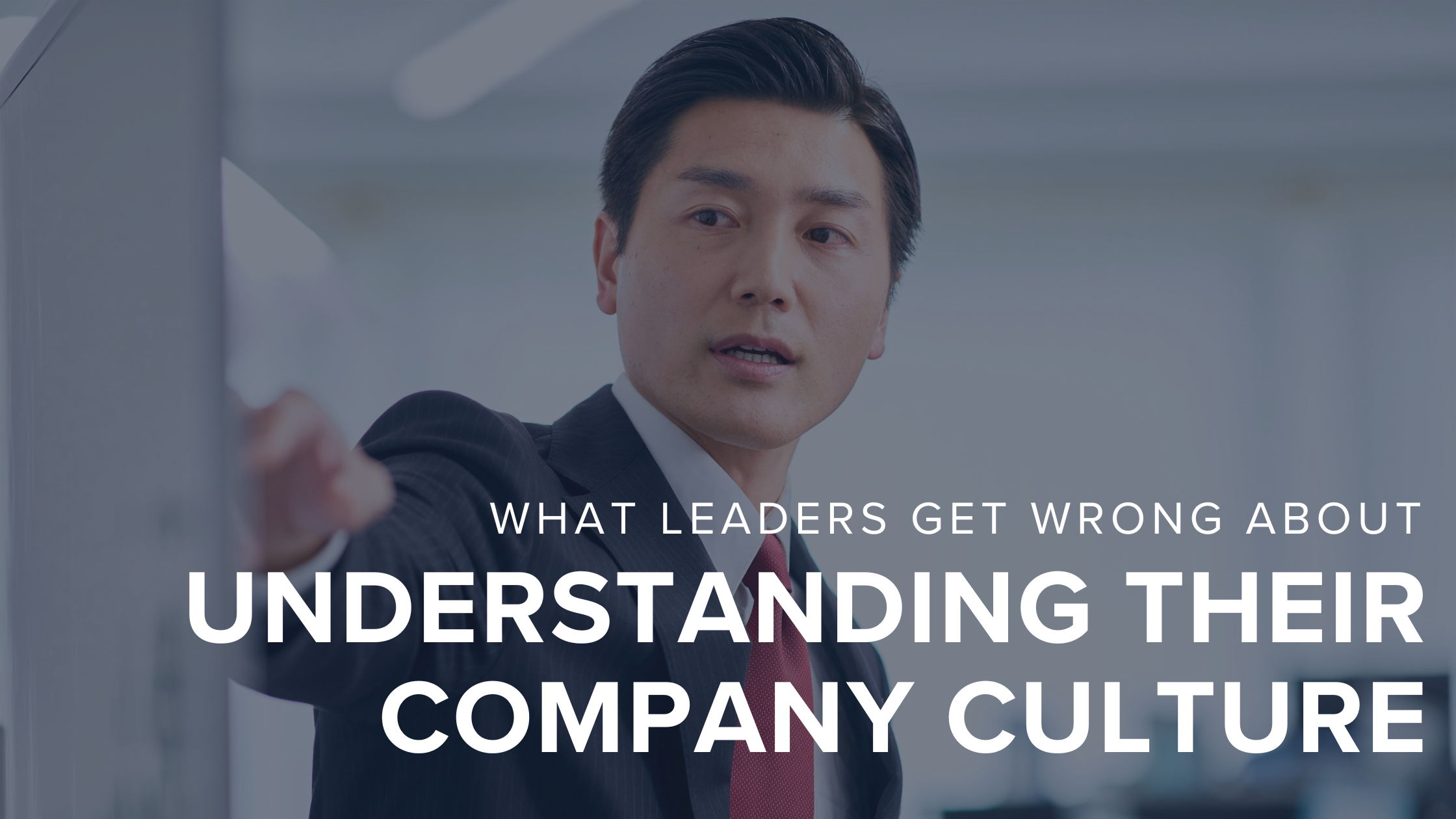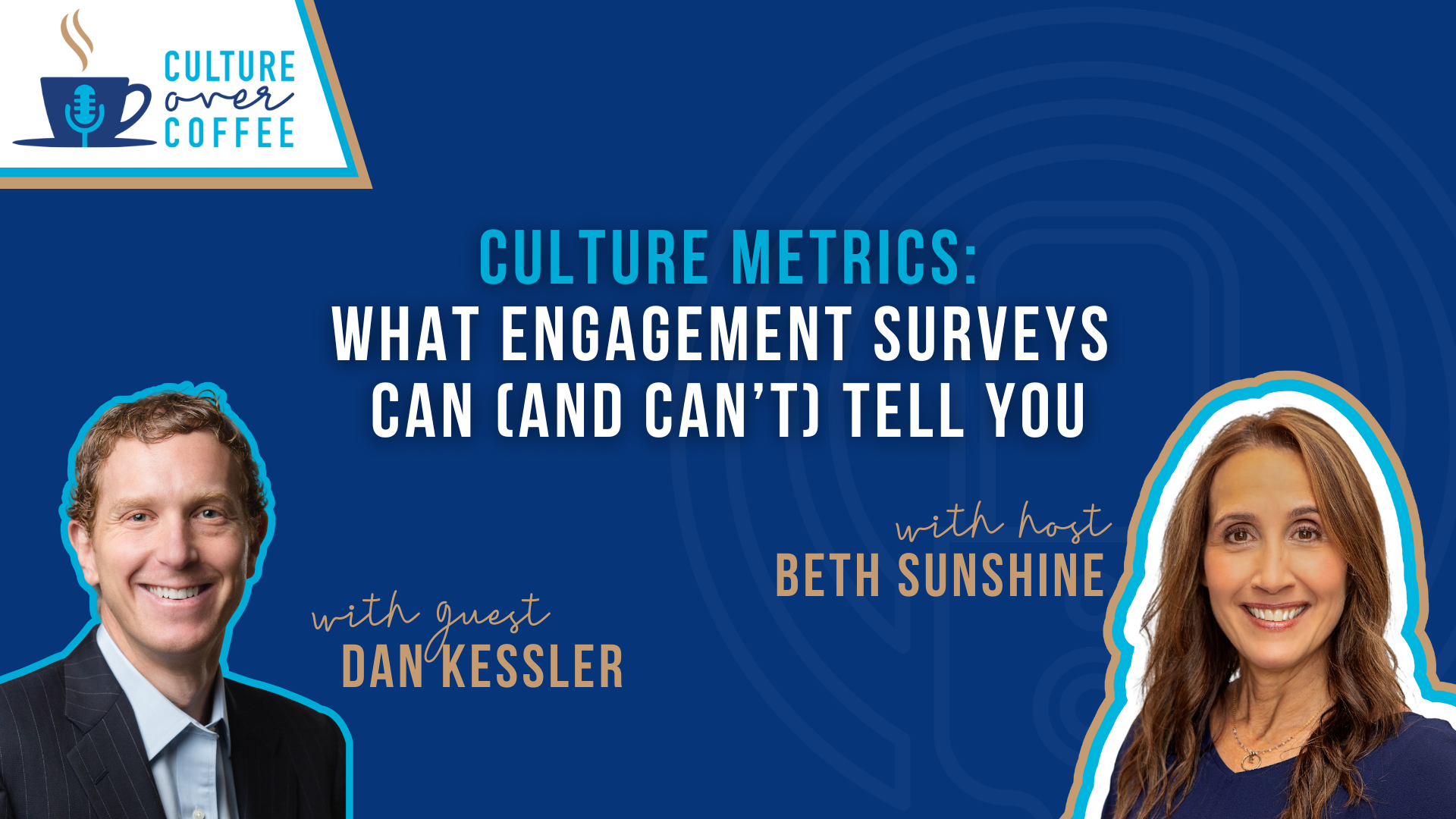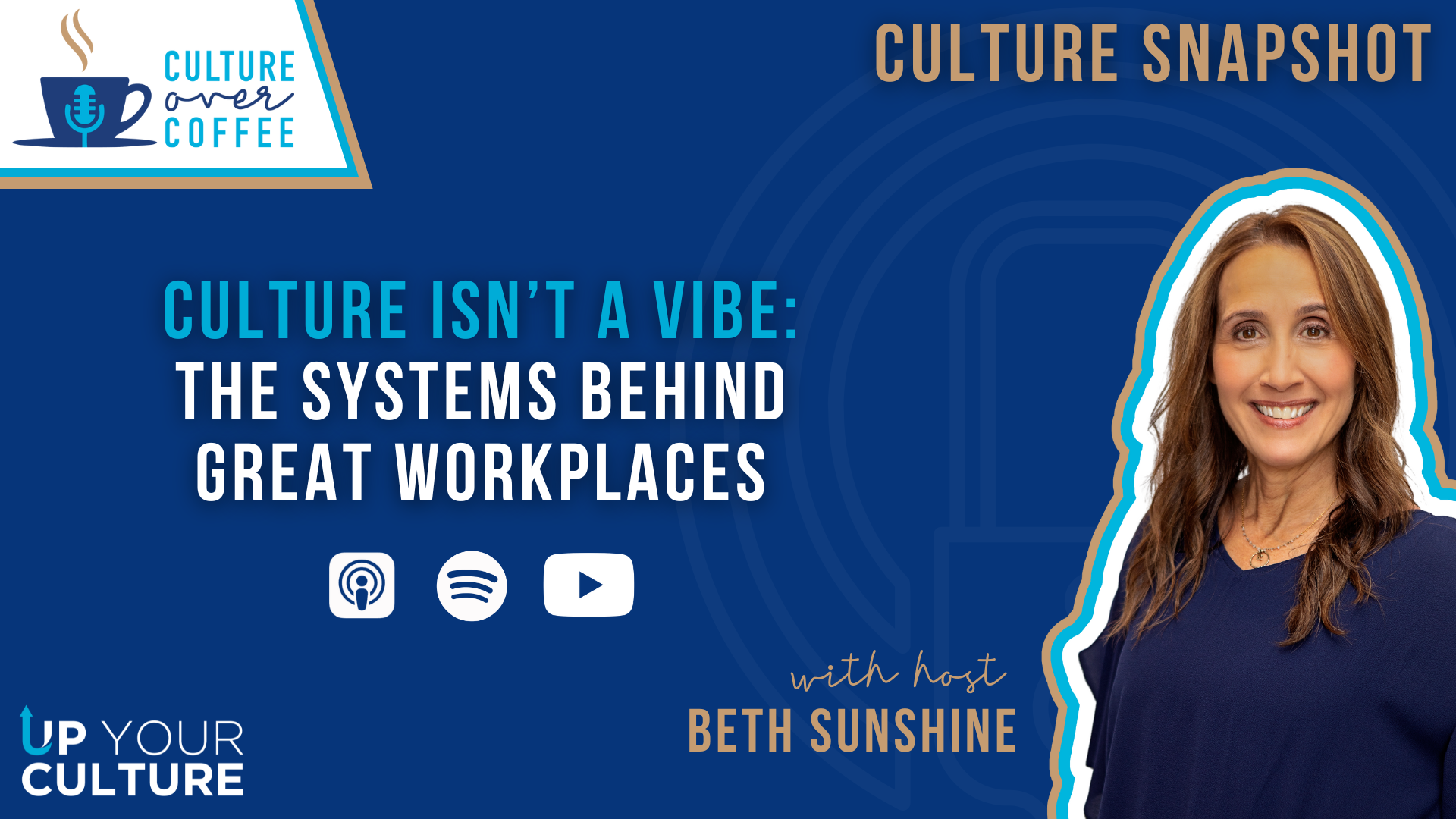
A strong employer brand is not just about attracting top talent; it's about building a positive reputation that resonates with potential employees and fosters a loyal, engaged workforce.
One of the most effective ways to achieve this is by ensuring that your external employer brand messaging aligns with the actual workplace culture that employees experience.
Why Alignment Matters
When a company's external image doesn't align with its internal reality, it can have detrimental consequences. Employees may feel deceived, leading to decreased morale, higher turnover, and a damaged reputation. On the flip side, an employer brand that accurately reflects company culture fosters trust attracts top talent and strengthens employee engagement.
Engaged employees are emotionally invested and more likely to go above and beyond. A strong culture fosters this engagement by aligning employees' personal values with those of the company. This alignment leads to motivation, happiness, and a sense of belonging.
Companies with high employee engagement experience three times higher revenue growth than those with low levels. A strong culture that aligns with employer branding can significantly impact financial performance. Additionally, engaged employees contribute to customer retention, leading to lower customer loss rates and increased revenue.
Key Strategies for Alignment
1. Conduct a Culture Audit
The first step is to gain a clear understanding of your current company culture. This involves conducting a thorough audit, which can include surveys, interviews, and observations. Identify the core values, beliefs, and behaviors that define your organization.
2. Define Your Employer Brand
Once you have a solid understanding of your company culture, you can start to define your employer brand. This involves crafting a compelling narrative that highlights your unique value proposition and attracts the right talent.
3. Create Authentic Messaging
Your employer brand messaging should be authentic and resonate with your target audience. Avoid making exaggerated claims or promises that you can't deliver. Instead, focus on highlighting the genuine benefits of working at your company.
4. Involve Employees
Employees are the best ambassadors for your company culture. Involve them in the process of developing and promoting your employer brand. This can include conducting employee interviews, featuring them in case studies, or allowing them to share their experiences on social media.
5. Foster a Positive Employee Experience
A strong employer brand starts from within. Create a positive and supportive workplace environment that aligns with your company's core values. This includes providing opportunities for professional development, recognizing and rewarding high performance, and promoting work-life balance.
6. Monitor and Measure
Regularly monitor and measure the effectiveness of your employer brand. Track key metrics such as job application rates, employee satisfaction, and social media engagement. Use this data to identify areas for improvement and make adjustments as needed.
Attract Top Talent with Your Employer Brand
By understanding your company culture, crafting authentic messaging, and fostering a positive employee experience, you can create a powerful employer brand that attracts top talent and drives business success.
Remember, a strong employer brand is not just about marketing; it's about creating a workplace where employees feel valued, engaged, and inspired.










Leave a Comment